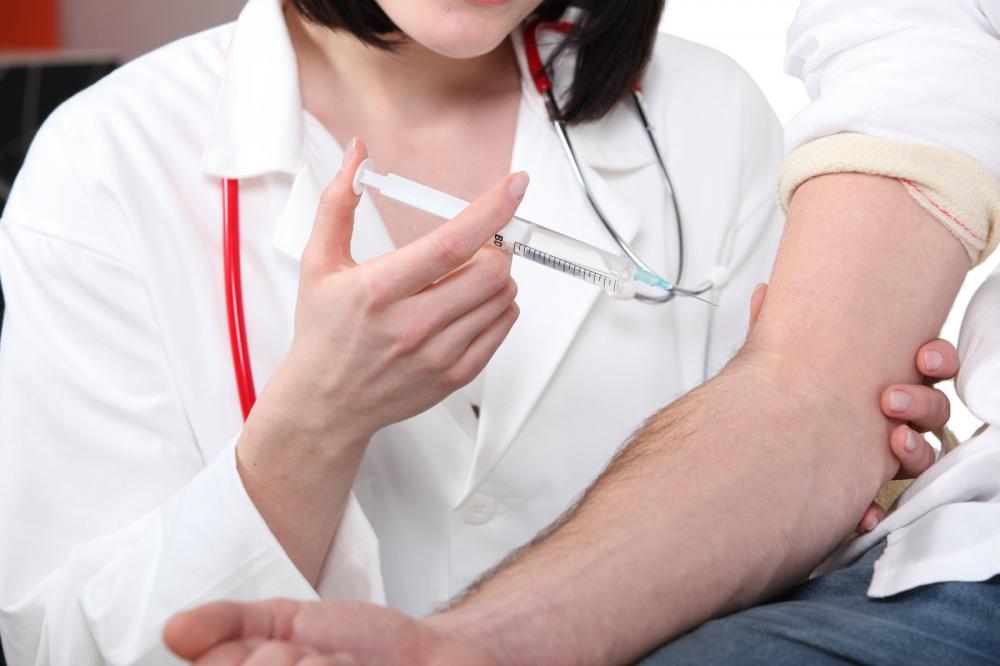Hepatitis C is one of the deadliest diseases in the United States, mostly because it causes first cirrhosis of the liver and then complete liver failure. Sadly, the rates in New York have reached proportions that have caused the health department to declare the disease’s spread as a “hidden epidemic.” Officials say the increases in Hep C transmission are due to opioid use.
Overall, in 2015 there were 0.8 cases of hepatitis C per 100,000 population across the US, which signals an increase from 2011–2012. In New York, the numbers are much higher than nationwide, causing health officials to call it an epidemic. In 2017, there were 573 confirmed cases of Hepatitis C infection across New York; 73.9 cases per 100,000 people. In Western New York, a startling 89.9 per 100,000 population occurred last year.
Public health officials say that the spread of Hep C can be attributed to intravenous drug use. 86 percent of those infected reported a history of injection drug use. 80% of the acute cases of Hep C are among young people aged 20 to 40, and half of those cases were women, mostly of reproductive age.
Gov. Andrew Cuomo has announced a plan for screening and treatment of Hepatitis C, as well as new strategies to eliminate Hep C. The new initiative will be added to the services that the Governor had previously created to prevent new cases of HIV in New York. By combining the two efforts, the governor wants to stop the spread of the Hep C virus by increasing access to medications and disease treatment as well as working to expand programs to connect people in high-risk communities with to help with services for prevention, screening, and treatment.
Hepatitis C is often a silent but deadly disease. Many people, when they first contract it, notice few if any symptoms. Sometimes there is diarrhea, chills and abdominal pain. By the time they are seriously ill, the disease has done its damage.
Intravenous drug users are always at risk for Hep C (as well as HIV), as it spreads easily via blood. It can also be transmitted through sexual encounters.
If you or somebody you love is at high-risk for the disease, no matter if you are in New York or elsewhere, there are preventative actions you can take. Never share needles and if you do, get tested regularly for HIV, and Hep C. Early detection can make the disease more manageable if you begin treatment in time.
If you’re using drugs, and you want help, there is plenty available. AA and NA meetings will welcome you with open arms, and a drug treatment program can help you get clean and sober in a therapeutic, drug-free environment. Please call one of the phone numbers on this page to find more about drug treatment options. You’re not alone, and you deserve to be safe and drug-free!



Leave A Comment
You must be logged in to post a comment.